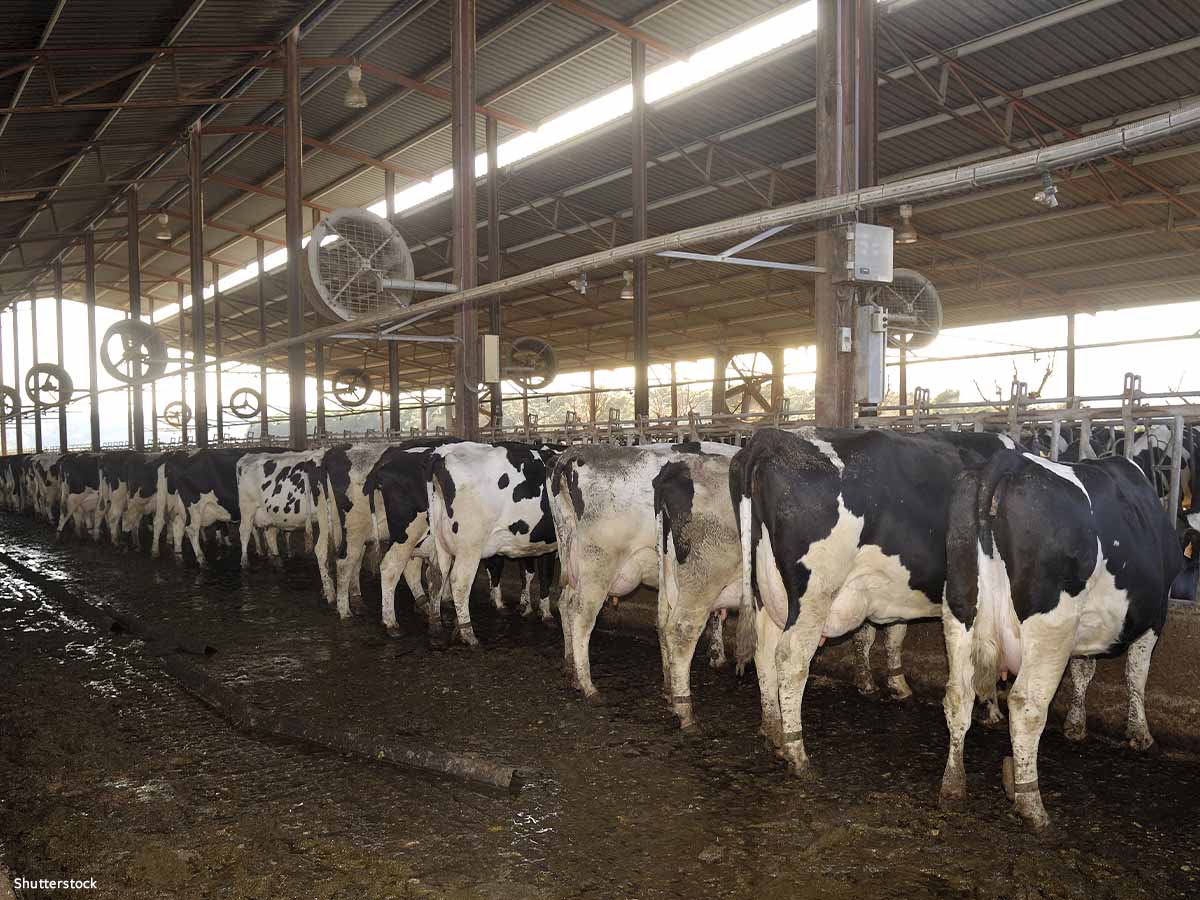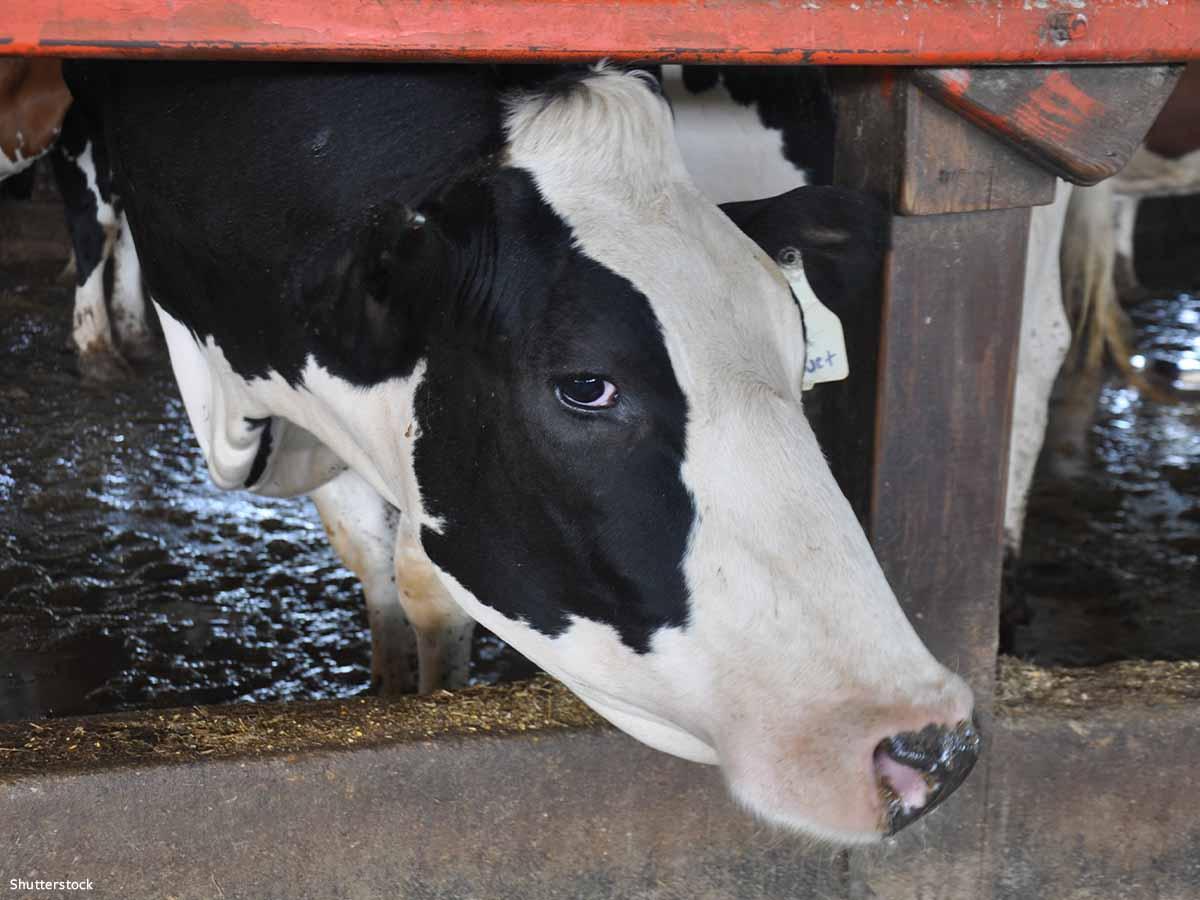How Biogas is Created From Farmed Animal Suffering
Biogas production is a popular scheme among mega-farms that capitalizes on the waste produced by farmed animals touted as renewable energy, but it’s perpetuating animal suffering and posing serious environmental hazards.
Animal agriculture is a leading cause of the climate crisis, generating about 20% of global greenhouse gas (GHG) emissions leading to enormous amounts of animal cruelty and environmental degradation. Researchers continue to back this climate science with a recent study by Stanford University and the University of California, Berkeley, exploring the effects of a global phase-out of animal agriculture on the environment, yielding results showing the damning reality of animal-ag. If, over a 15-year span, animal agriculture was eliminated worldwide, carbon dioxide emissions would be reduced by 68% through the year 2100, according to a Stanford News blog.
While a complete, worldwide elimination of animal agriculture would be ideal but highly unlikely in 15 years, some industries are seizing opportunities to market these harmful GHG emissions as a renewable fuel source and an easy solution in mitigating the climate crisis at the hands of animal agriculture. Enter biogas.
Biogas is the use of “anaerobic digesters to capture emissions from manure lagoons, which creates a new fuel source and new revenue stream from the waste,” according to a report by the Center for Agriculture and Food Systems at Vermont Law and Graduate School. Anaerobic digesters are processes that use microorganisms to break down organic matter without the presence of oxygen.
To create an ideal environment for this digestion to take place, a few key ingredients are needed: thousands of animals packed in concentrated animal feeding operations (CAFOs), billions of pounds of their waste accumulating, massive manure lagoons, and tarps or domes to trap the gas emitted from the excrement lagoons. The emissions from the lagoons, consisting mainly of methane and carbon dioxide, can be captured, creating what is sometimes called “biomethane” or “compost gas” which can be used to generate electricity. Factory farm producers can be granted tax credits based on the biogas generated and collect revenue.
The common denominator for these biogas production operations is a bleak and cruel one: farmed animals suffering at CAFOs. Picture a windowless warehouse packed with animals in small boxes or stalls. When these animals urinate, defecate, or bleed, the waste drops and cakes the floor which must be flushed with thousands of gallons of water every day, creating a river of manure sludge racing past the ankles of the animals who are made to stand in their own excrement. This waste river drains into a dome or tarp-covered manure lagoon, where the process of capturing gas emissions begins, followed by transport to a facility for processing via pipeline.

CAFOs can house anywhere from hundreds to millions of suffering animals and most often hold dairy cows, pigs, and chickens captive, but even the smallest ones can generate the urine and feces equivalent to thousands of people.
In 2016, the Duke Office of Sustainability released a report detailing the impact CAFOs can have on water quality. According to the document, 17 states reported animal-feeding operations as one of their top 10 sources of groundwater contamination. In North Carolina alone, one of three states collectively responsible for raising over half the nation’s pigs for slaughter, animal feeding operations were reported to be the number one source of impairment for over 250 miles of rivers and streams. These types of operations are also often found in low-income, minority communities.
In a methane emissions reduction plan released by the White House in 2021, the Biden administration outlined biogas as a tool to reduce methane emissions in animal agriculture, with plans to establish a task force dedicated to “the collection and use of methane for on-farm renewable energy applications,” while launching “a new public-private partnership to promote biogas policies, programs, and research.”
Biogas is a classic example of “greenwashing” which is marketing deception at its core, persuading the public that an idea, item, process, or policy is environmentally friendly. Because there are so many animals who tragically find themselves as part of the animal agriculture industry, America, and many other parts of the world, has an ominous waste containment problem.
Want to make a personal impact in the lives of farmed animals and help the environment at the same time? Check out our free vegan starter guide for help in making the compassionate choice to leave animals off your plate. You can also learn more about the climate crisis our world is facing and how you can help animals who call our planet home.


